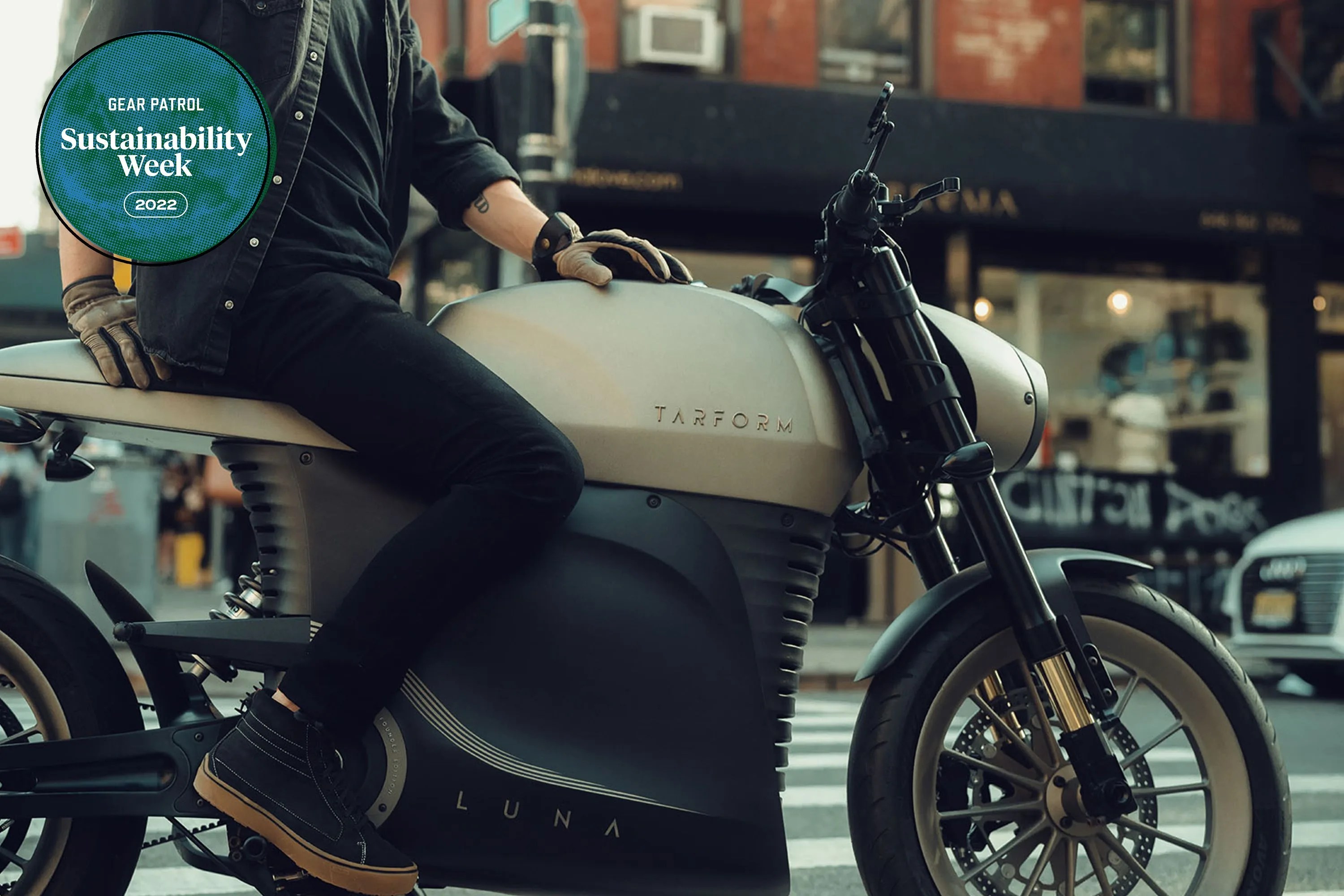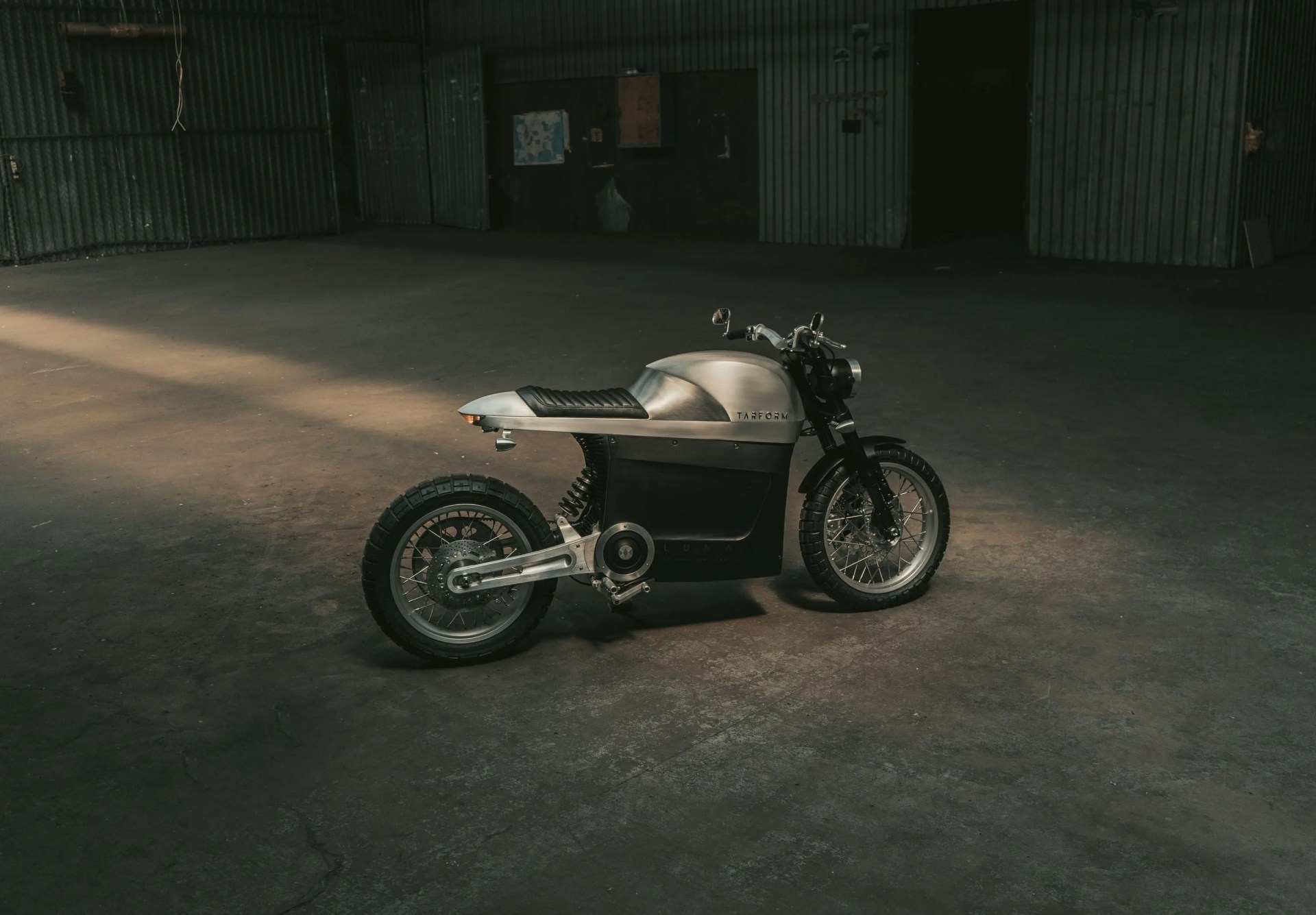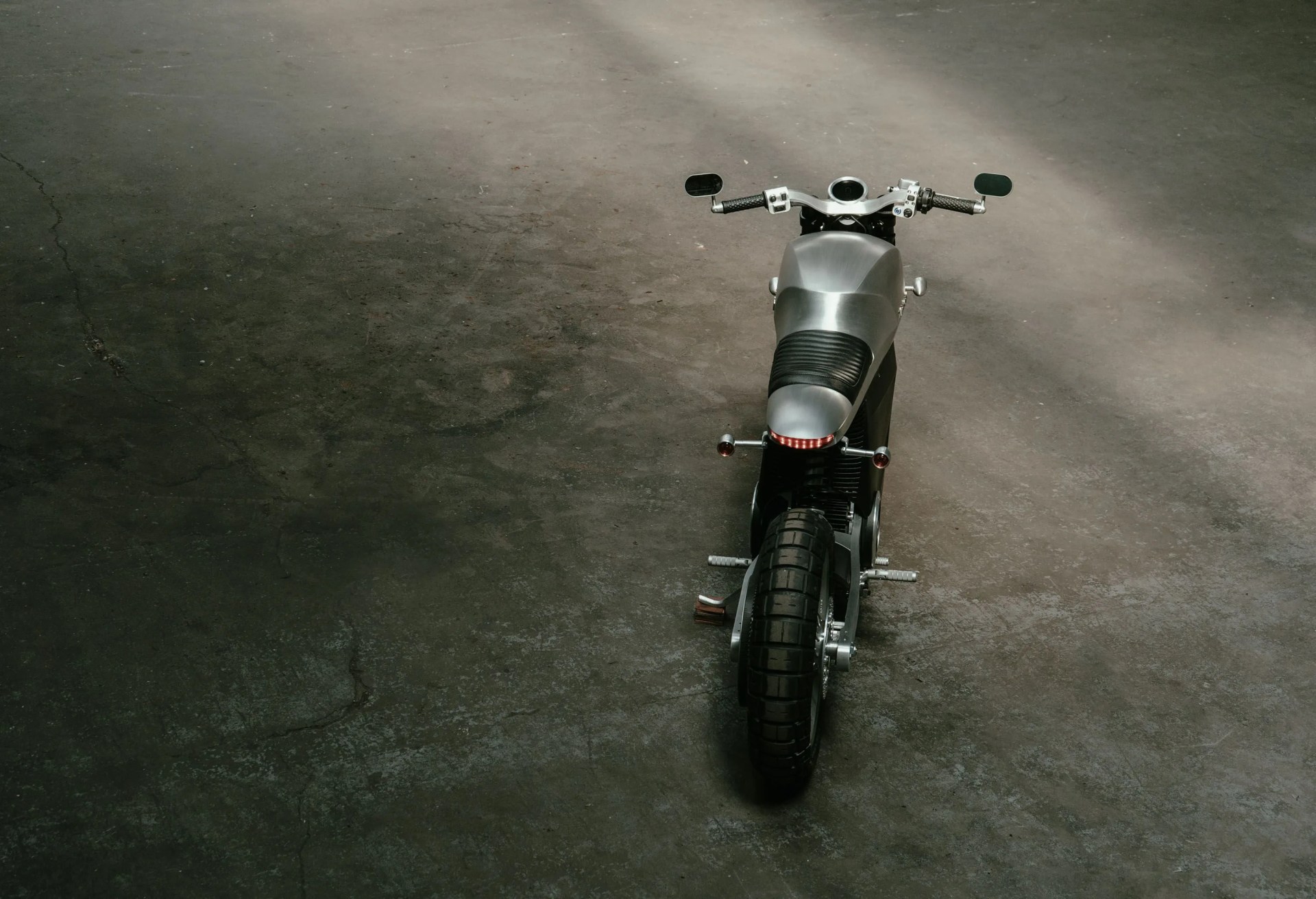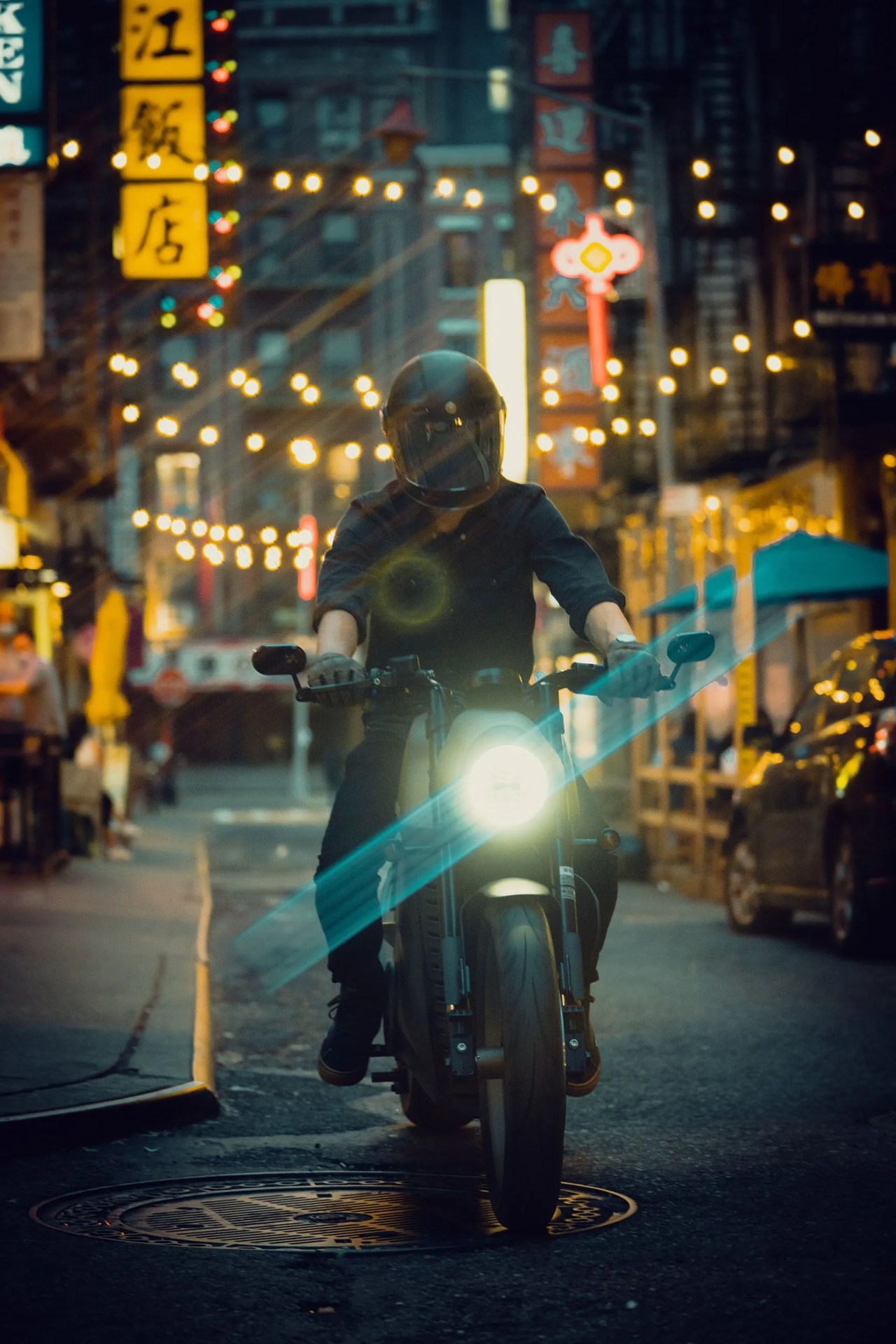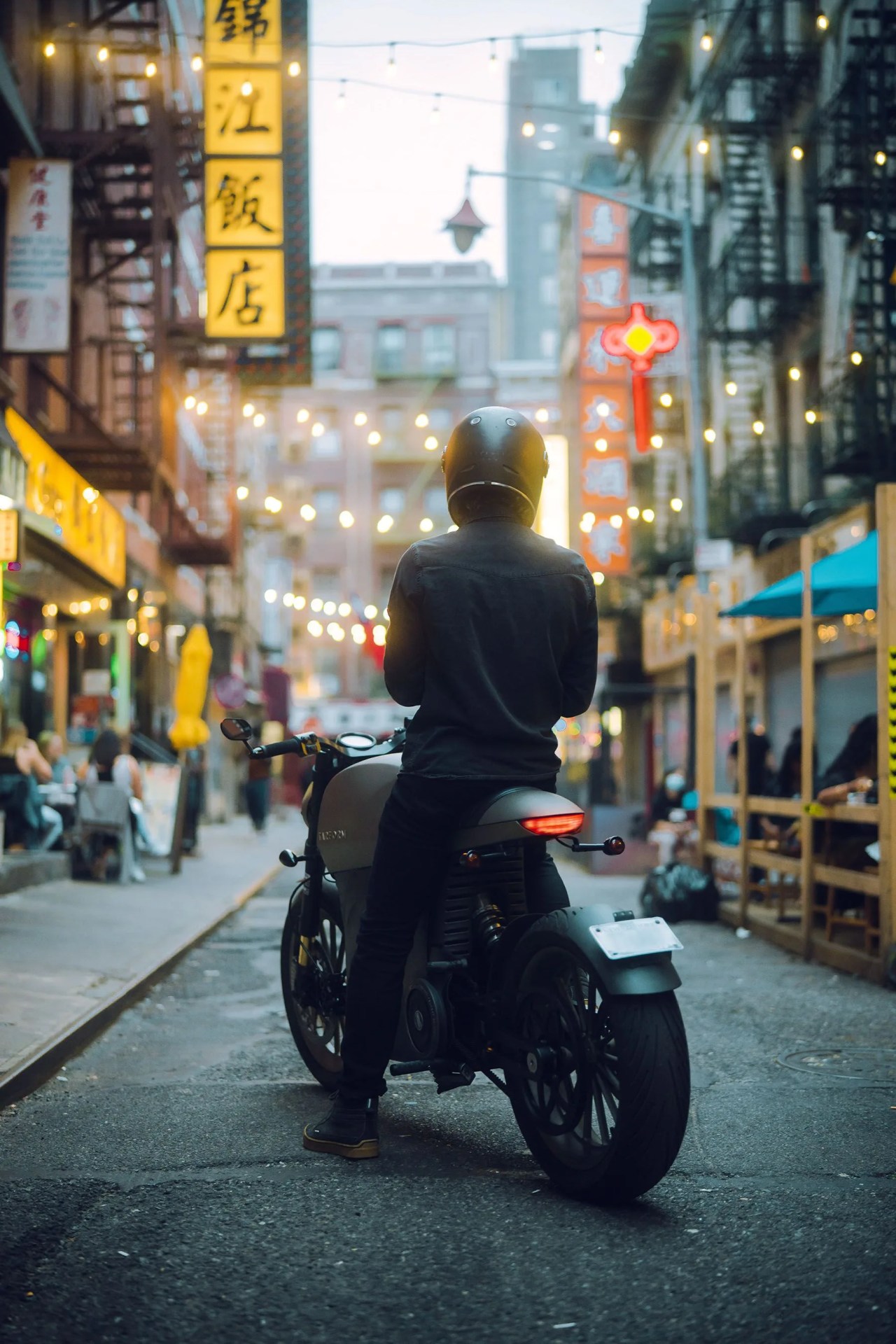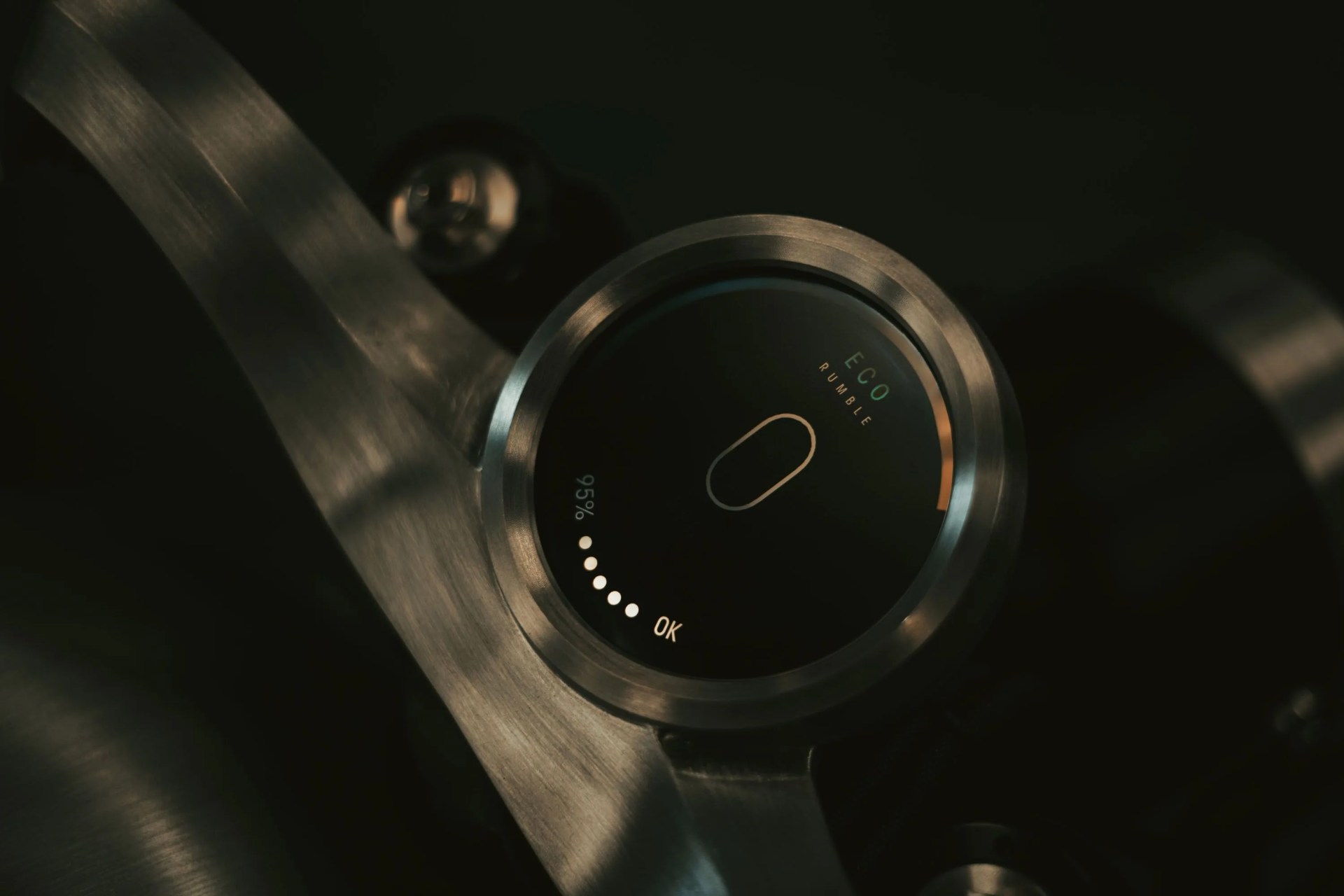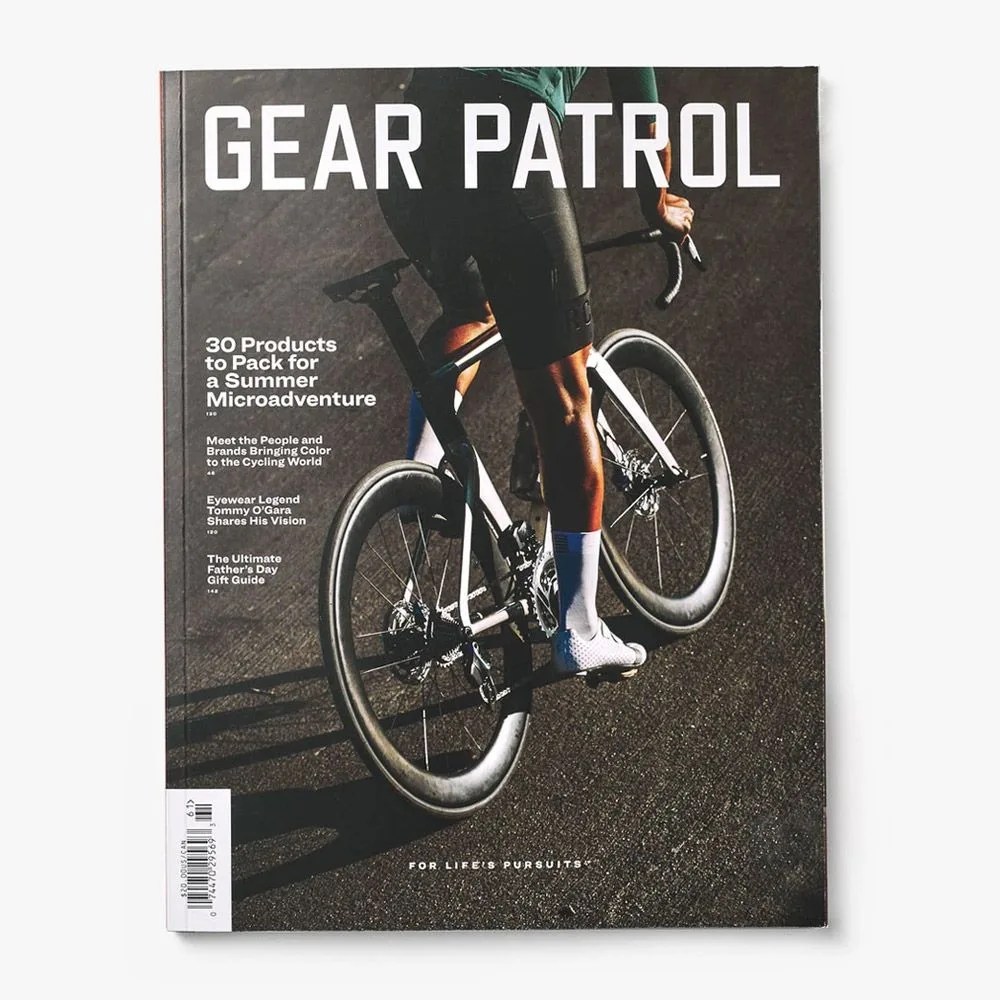This story is part of Gear Patrol’s continuing look at different approaches to sustainability, leading up to Earth Day on April 22nd.
With its combination of speed and freedom, the motorcycle has long represented a spirit of rebellion. That tradition lives on in Brooklyn, where a startup called Tarform is producing a new breed of electric machine, reimagining what’s possible from the ground up. Bucking outdated manufacturing methods and material use, the brand has already ventured into uncharted territory: a world where motorcycles are recyclable and biodegradable. The dream is to become a power player within the clean energy revolution — and to take a new generation of bikers along for the ride.
“Where I think design should be headed today is not just creating things that are superficially beautiful, but using design as a driving force to adopt a more sustainable mindset,” explains founder Taras Kravtchouk. Now 37, the Stockholm-raised former martial artist went from working in digital design and software development while fixing up vintage bikes on the weekends to founding the semi-eponymous brand five years ago. “Be like water,” he says, quoting Bruce Lee. “I think that kind of sums it up.”
Riding out the pandemic, the brand’s zero-emission motorcycles are just now becoming a reality. The first handful of limited-edition Founders models appeared earlier this year, and Tarform aims to deliver a couple hundred of the more accessible Luna series bikes to customers this summer — then get into volume manufacturing in 2023.

While the Luna might look like something out of Blade Runner, not even Philip K. Dick could have imagined the innovation in this state-of-the-art machine. First, there’s not much petroleum-derived plastic on the thing. Recycled aluminum is used in the hand-formed body, while biobased resin, woven flaxseed fiber and algae pigments mix to create the paneling.
“We started playing with all these recipes and doing prototypes and eventually found a way to create a composite panel out of these three ingredients,” Kravtchouk says. “[The thinking was] if we’re going to build something, let’s build something that does the least amount of harm to the environment.”
